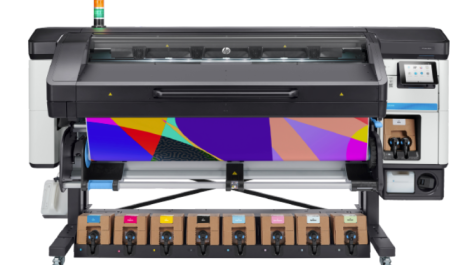Computing used to be something we all paid attention to and mostly understood. We knew what processor powered a Mac or a PC or a server, and we completely got the difference between Ethernet and IBM’s Token Ring for instance.
It was long ago, but in years gone by understanding the network and computing platform was vital for efficient prepress. It was part of how we improved processes and kept costs down, and because it was part of a rolling investment it was an important contributor to improving print’s environmental impact.
It’s not like that anymore. Like Lord Grantham in the global television phenomenon that is Downton Abbey, we understand that change is all around us, but we’d really rather not join in. Nowadays beyond their operating systems, do we really understand the difference between computing platforms? And more importantly do we understand the implications of cloud computing for media production and environmental impact reduction? Fortunately for printers and publishers it doesn’t matter if we join the cloud revolution or not, because it will join us. The equivalent of an energy grid is the future for our industry. It’s not only because it is a better economic proposition, but it is also better for the environment.
A shared IT infrastructure can help match digital resources to demand. So instead of you and your customers having lots of little independent and often incompatible IT systems to deal with, computing can be managed so that energy waste is reduced and resources optimised. If many organisations share a common digital platform, servers can be load balanced so that they are in constant use, instead of ticking over waiting for something to happen. And then there is the knowledge issue within our industry. Printers struggle to keep even their Raster Image Processors up to date and too many still limp along with IT systems based on long forgotten technologies.
But if they are to take advantage of such things as advanced cooling and power conditioning, desktop computers and servers must be regularly upgraded. For most of us, young or old, the upheaval involved to do it ourselves is mostly too much to contemplate. This is why moving to the cloud ought to make sense. Let someone else provide the machines and maintenance. Let someone else manage their disposal and control their emissions.
The move to the cloud is still much easier said than done, because it remains a massive leap of faith for many companies. We are understandably very reluctant to trust our infrastructures and data to a third party. The idea of outsourcing vital computing services is just too radical to contemplate. But like the aristos in Downton Abbey, it’s time to start abandoning the old ways and to embrace change. Those days have gone and letting third party providers manage our digital infrastructures will help reduce print’s environmental impact even more.
http://verdigrisproject.com/blog/what-do-downton-abbey-and-the-cloud-have-in-common
This article is part of the Verdigris series of stories about understanding the environmental impact of print. The Verdigris Project is supported by Agfa Graphics, Canon Europe, Digital Dots, drupa, EcoPrint, EFI, Fespa, HP, Pragati Offset, Ricoh, Splash PR, Unity Publishing and Xeikon.





